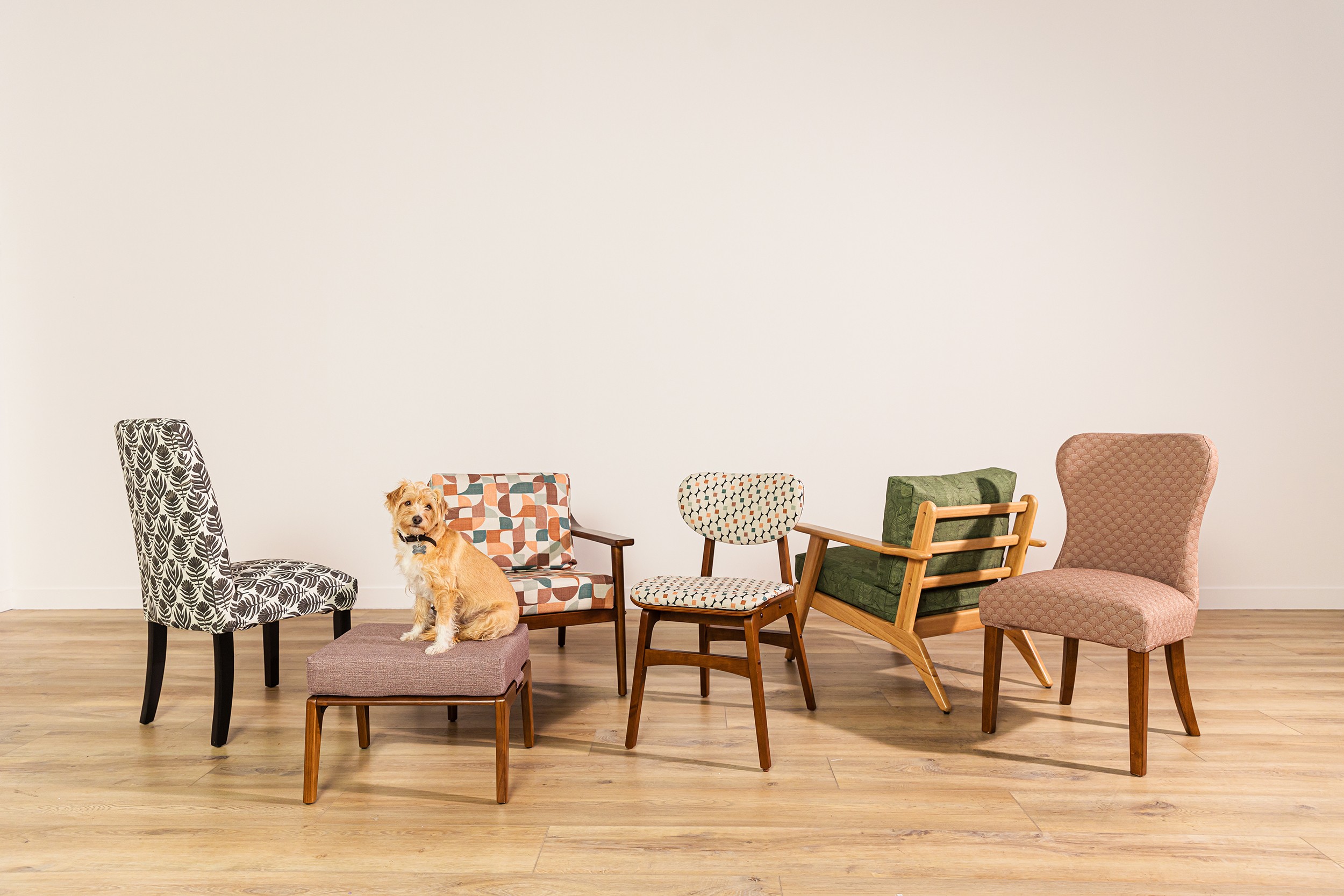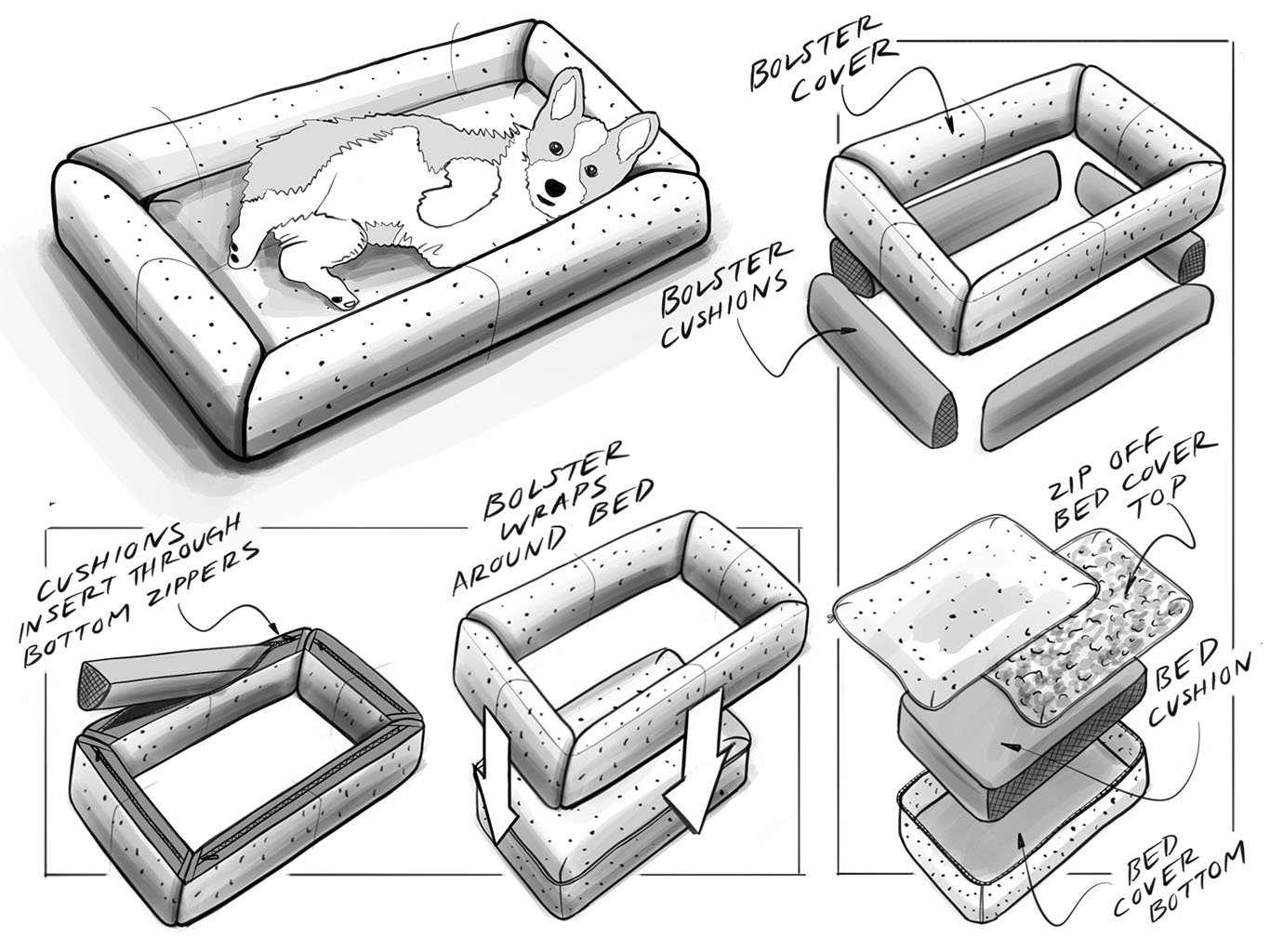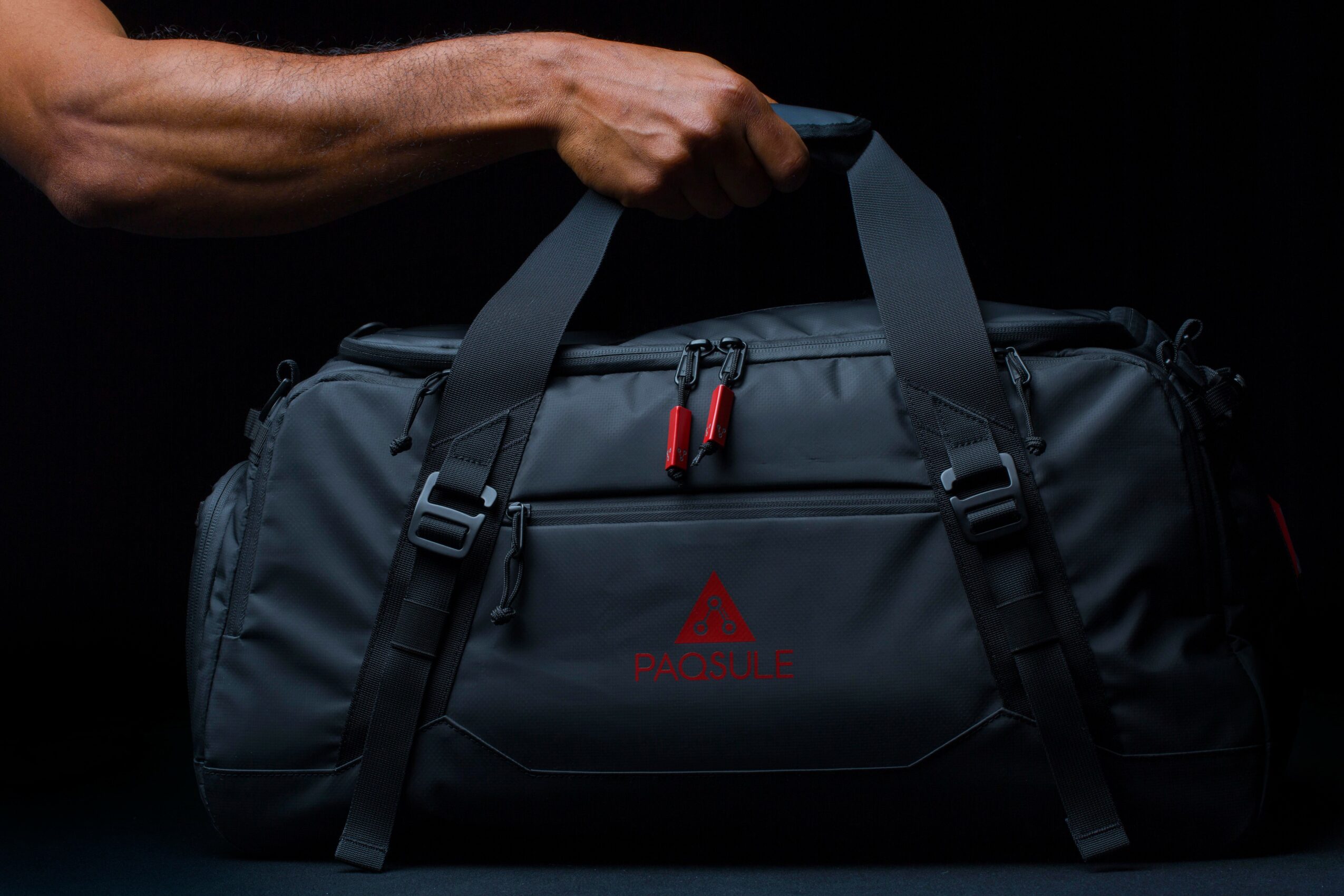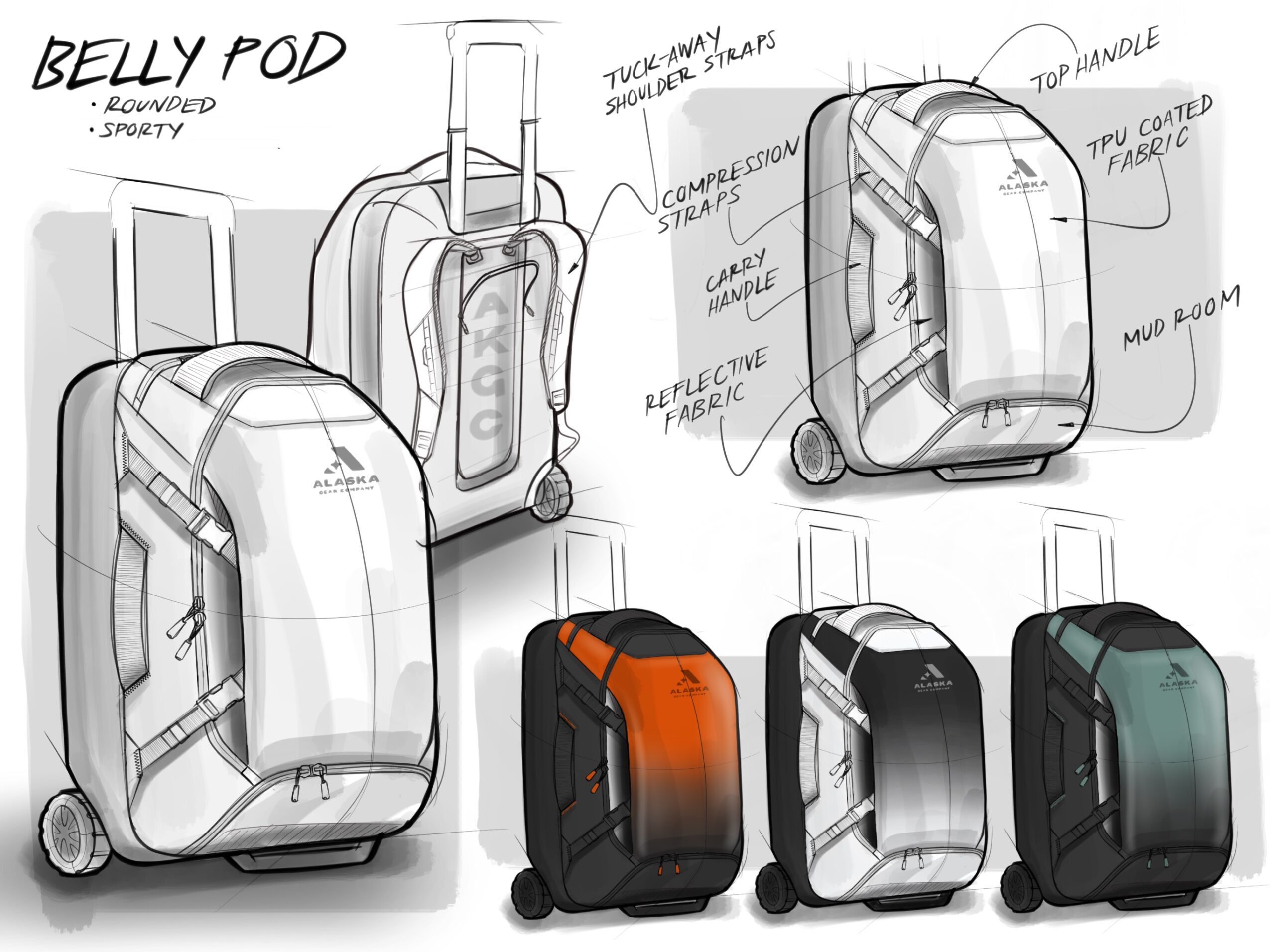

Today we’d like to introduce you to Jayson Yagi.
Hi Jayson, we’d love for you to start by introducing yourself.
As a kid, I was endlessly curious about how things worked. I spent hours tinkering—building custom model cars, taking apart electronics, soldering circuits, painting, and carving wood. That early fascination with creating and problem-solving through hands-on experimentation became the foundation of my career in design. It taught me the value of understanding materials, craftsmanship, and the process of bringing ideas to life. Over time, that same passion has carried me through a diverse creative journey spanning fashion, pattern making/sewing, technical outdoor gear, furniture, home goods, video, and music production.
Can you talk to us a bit about the challenges and lessons you’ve learned along the way. Looking back would you say it’s been easy or smooth in retrospect?
As a designer, I’ve learned that growth comes from both picking up new skills and sharpening the ones you already have. The competition is tough, and the tools and processes never stop evolving. But beyond the technical side, one of the biggest challenges is learning to think and speak the language of business, marketing, and sourcing. It’s not just about designing something great—it’s about understanding the market, manufacturing realities, and how to sell your ideas to people outside of design. It’s also about learning how to collaborate with a wide range of professionals who share the same goal but have very different priorities.
Alright, so let’s switch gears a bit and talk business. What should we know?
Designers often fall into two general categories: soft goods and hard goods. Unlike hard goods—think cars, furniture, or consumer electronics—soft goods designers specialize in products made from textiles, foam, and other pliable materials. I run a freelance soft goods design and development studio focused on backpacks and carry gear of all kinds: outdoor, sport, lifestyle, and travel products.
Pack design is a highly specialized discipline that blends complex pattern making, mechanical design, and a deep understanding of ergonomics and biomechanics. One of my most rewarding projects was creating a climbing pack for International Mountain Guides, an elite mountaineering organization that leads expeditions on the world’s highest peaks. Even a decade later, I still catch glimpses of that pack in Everest documentaries—a reminder that thoughtful, well-executed design can truly stand the test of time.
If you had to, what characteristic of yours would you give the most credit to?
My work ethic has always been defined by focus and endurance. I’m meticulous, fast, and not afraid of long hours, late nights, or weekends when the work calls for it. Over time, I’ve also learned to apply the 80/20 mindset—the idea that 80% of the results come from 20% of the effort—so I know when to zoom in on the details and when to move fast.
What I think truly makes a designer stand out is the ability to connect seemingly unrelated things and let them inform the creative process. The best designers keep all their senses open—picking up inspiration from a random conversation, a lyric, a shape, even something happening in the news. I’m also completely obsessed with gear. The more hands-on you are with all kinds of tools, gadgets, and well-designed products, the more reference points you have to draw from when creating something new.
Contact Info:
- Website: http://www.jaysonyagi.com
- Instagram: https://www.instagram.com/yagidsn/?hl=en
- LinkedIn: https://www.linkedin.com/in/jaysonyagi/
- Soundcloud: https://soundcloud.com/yagideadart






















